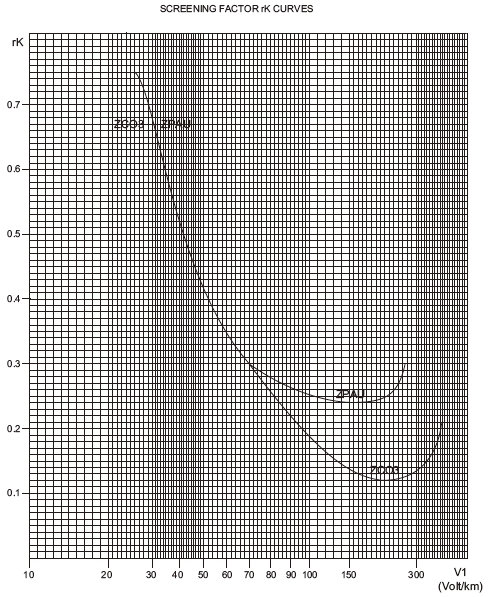Basic Design for Railway Cables (according to Performance)
Low smoke and fume, low toxic and oil resistant
The railway industry has the exact requirements for cables that are used in both infrastructure (the tunnels) and rolling stock (trains). These requirements cover underground train, tunnels, railways, subway, tram, trackside and mass rapid transit propulsion equipments. Safety is the critical issues. In fact, smoke and fume levels deemed safe are specified in different standard including BS 6853(UK), NFF 16101(France), DIN 5510 (Germany) and TS 45545-2(Europe).
Caledonian become aware of the market demand for a low smoke and fume, halogen free railway cables that would meet London Underground BS 6853 for low smoke and low toxicity, while also providing excellent resistance to mineral oil, withstanding IRM 903 for 7 days at 100℃ .
Flame retardant, UV resistant and temperature resistant
In addition to low smoke and toxicity in the event of fi re, the cables are featured by
- -Highly fl ame retardant
- -No acid gas emission during fire
- -Mineral oil resistence at high temperature (IRM 903 7 days at 100℃ )
- -Wide operating temperature from -40℃ to 120℃
- -Weathering testing indicates 20-years UV resistance
- -Can be crosslinked via dry silane or e-beam technology to achieve high temperature resistance
Caledonian railway cables can be designed to offer an extremely wide operating temperature range of +125℃ down to -60℃ , a very low smoke density and are always classifi ed as short circuit cable and earth fault-proof cables
Anti Induction for Railway Signalling & Control Cables
The magnetic fi eld resulting from the power supply voltage of the catenaries (25KV A.C.) induces an electromotive force (e.m.f) in all conductors subjected to this fi eld. If a conductor is protected by a conductive e metallic sheath, the e.m.f decreases from V1 to V2. The ratio rk = V2/V1 is called the screening or reduction factor. This screening or reduction factor is measured according to CCITT standard, requiring the cable sample of 2m length should achieve the required values for this rk factor as given in the table here below.
ZPAU- Multipair Anti Induction Cables with two helically applied steel tapes (electromagnetic shield) and copper tapes (electrostatic shield)
ZCO3- Multiquad Anti Induction Cables with two helically applied steel tapes (electromagnetic shield) and copper tapes (electrostatic shield)
In a theoretical and simplifi ed way, this factor is equal to |R/Z|, R being the linear D.C. resistance of the metallic sheath and Z its linear impedance Z= r + jLω at the frequency ω/2π (generally 50Hz). The minimum value of the rk factor is obtained by decreasing R using screen with a high conductivity (such as copper) and by increasing L (and Z) choosing a screen with a high magnetic permeability (such as steel).
Basic Design for Railway Cables (according to Standards)

